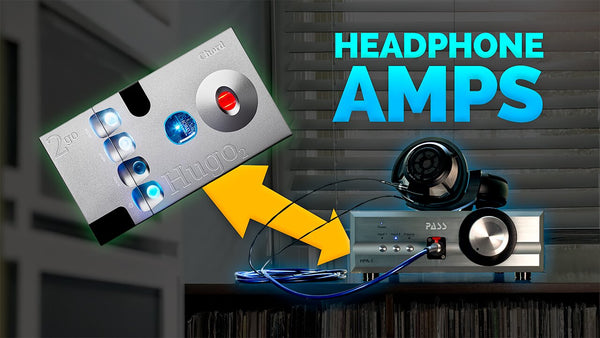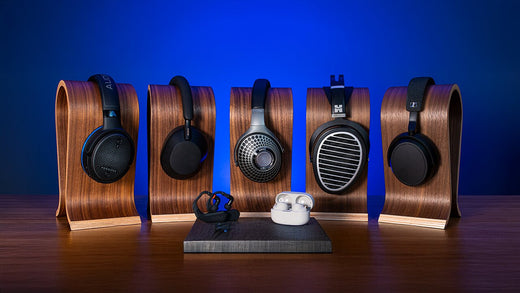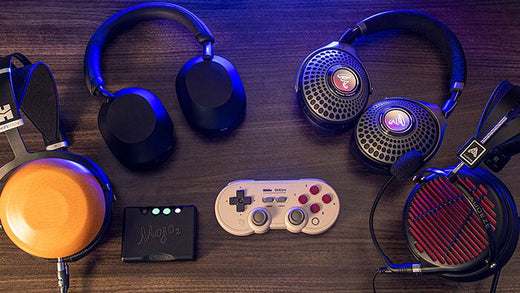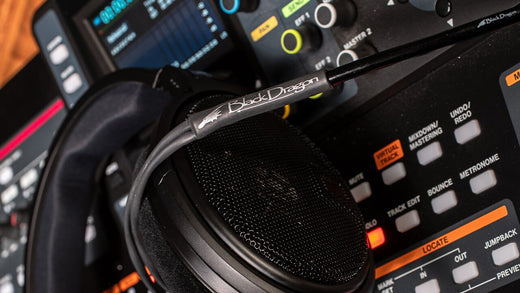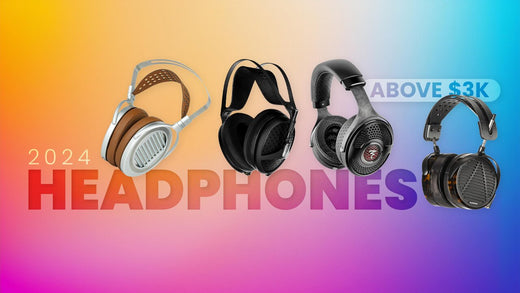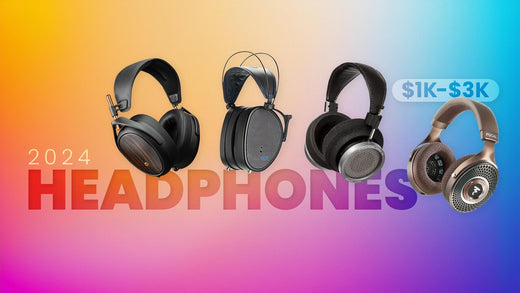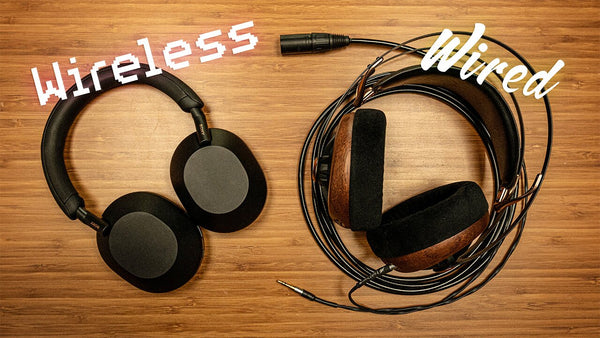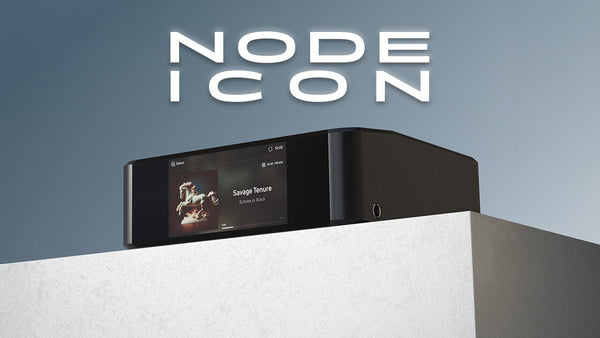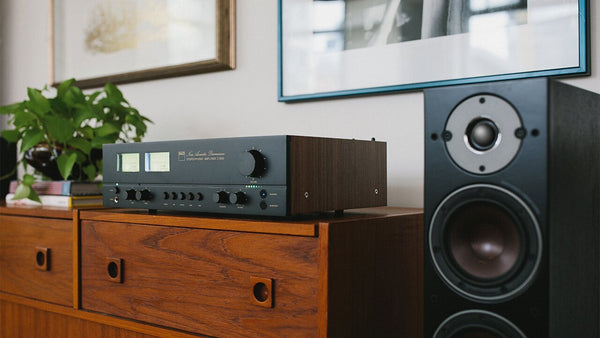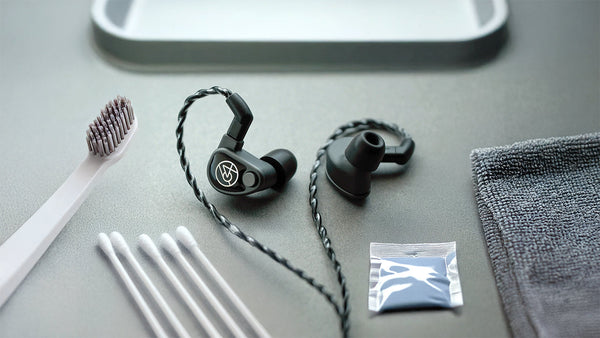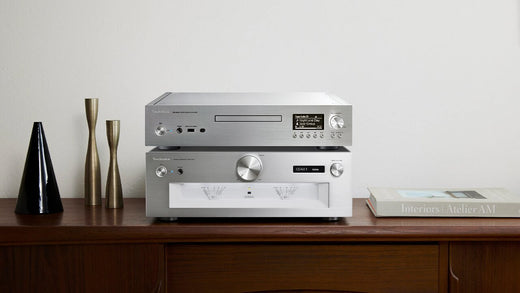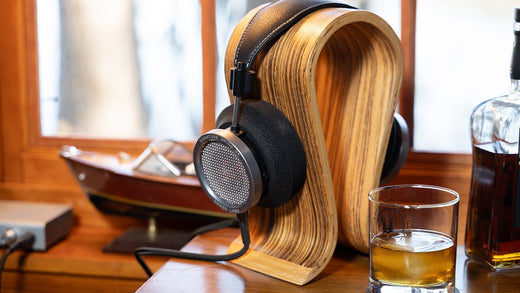Yep, we, Moon Audio, makers of all things cables, are going to talk about Wireless headphones today. Whether you're an audiophile, music lover, or just someone wanting to listen to music from time to time, I think we can all agree that wireless headphones are a great convenience. Even if you're an audiophile or not, I would argue that the tech has improved enough that you don't necessarily have to sacrifice sound quality for convenience, as many of the latest wireless and/or noise-canceling headphones have the ability to playback high-resolution audio files via hi-res codecs or USB audio.
Are they going to be as good as wired audiophile-grade headphones? Certainly not, but if you want something that does it all - wireless, noise-canceling, great sound quality, wired options, smart app support, then there is no better time to get a wireless headphone.
So without further delay, here are our Best Wireless Headphones for 2022.










